
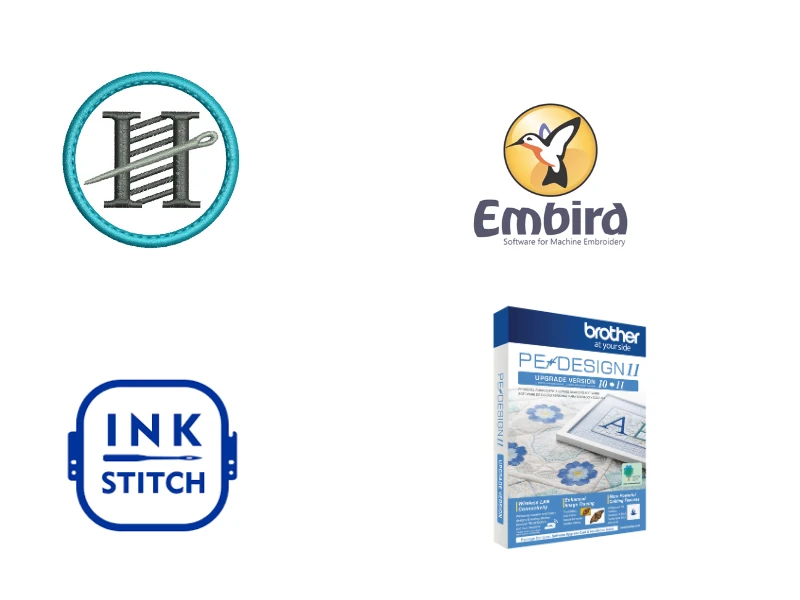
Choosing the best software for conversion is key to achieving perfect embroidery designs. Here are a few popular options:
Wilcom Hatch: Renowned for its powerful digitizing features, Wilcom Hatch allows seamless PDF conversions into embroidery files with high accuracy.
Embird Studio: Ideal for professionals, Embird Studio offers advanced tools to digitize complex designs from PDF.
Brother PE-Design: Known for compatibility with PES files, this software ensures flawless conversion from PDF formats.
Ink/Stitch: A free and open-source plugin for Inkscape, Ink/Stitch supports basic PDF to embroidery file conversion.
Each software has unique capabilities, so selecting one depends on your budget, skill level, and embroidery project requirements.
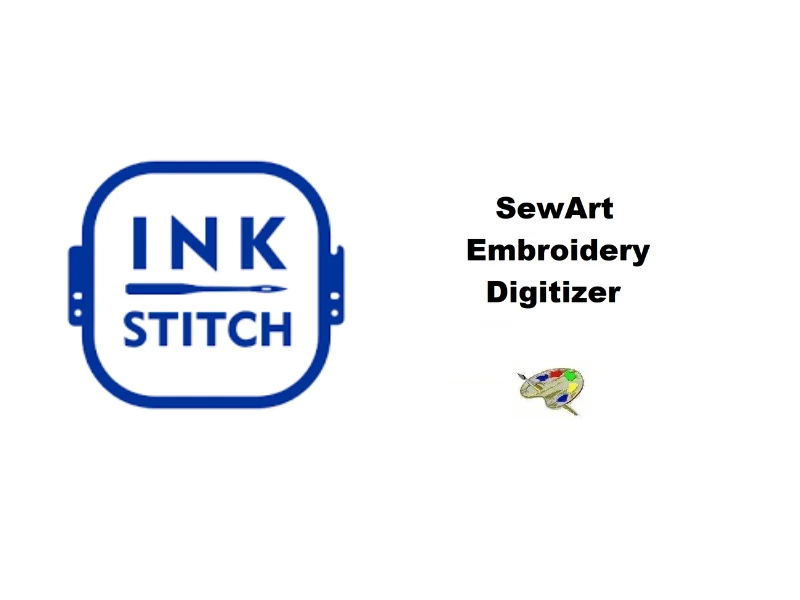
While premium software often delivers better results, there are free options available for basic PDF to embroidery file conversions:
Ink/Stitch: This plugin for Inkscape enables users to import a PDF design, adjust stitch paths, and export to formats like PES or DST.
SewArt: Although limited in functionality, SewArt provides free trials to convert simple PDF designs into embroidery files.
For complex designs, investing in premium software or outsourcing to professional digitizing services like True Digitizing is highly recommended.
Online converters have simplified the process of transforming PDFs into embroidery files. Ensuring your embroidery machine can stitch out flawless designs.
At True Digitizing, we offer quick turnaround times, guaranteed quality, and the option to preview your design before making a payment. We ensure you get exactly what you need. We are committed to delivering the best results every time. What are you waiting for? Contact True Digitizing today and experience the difference in quality and service.
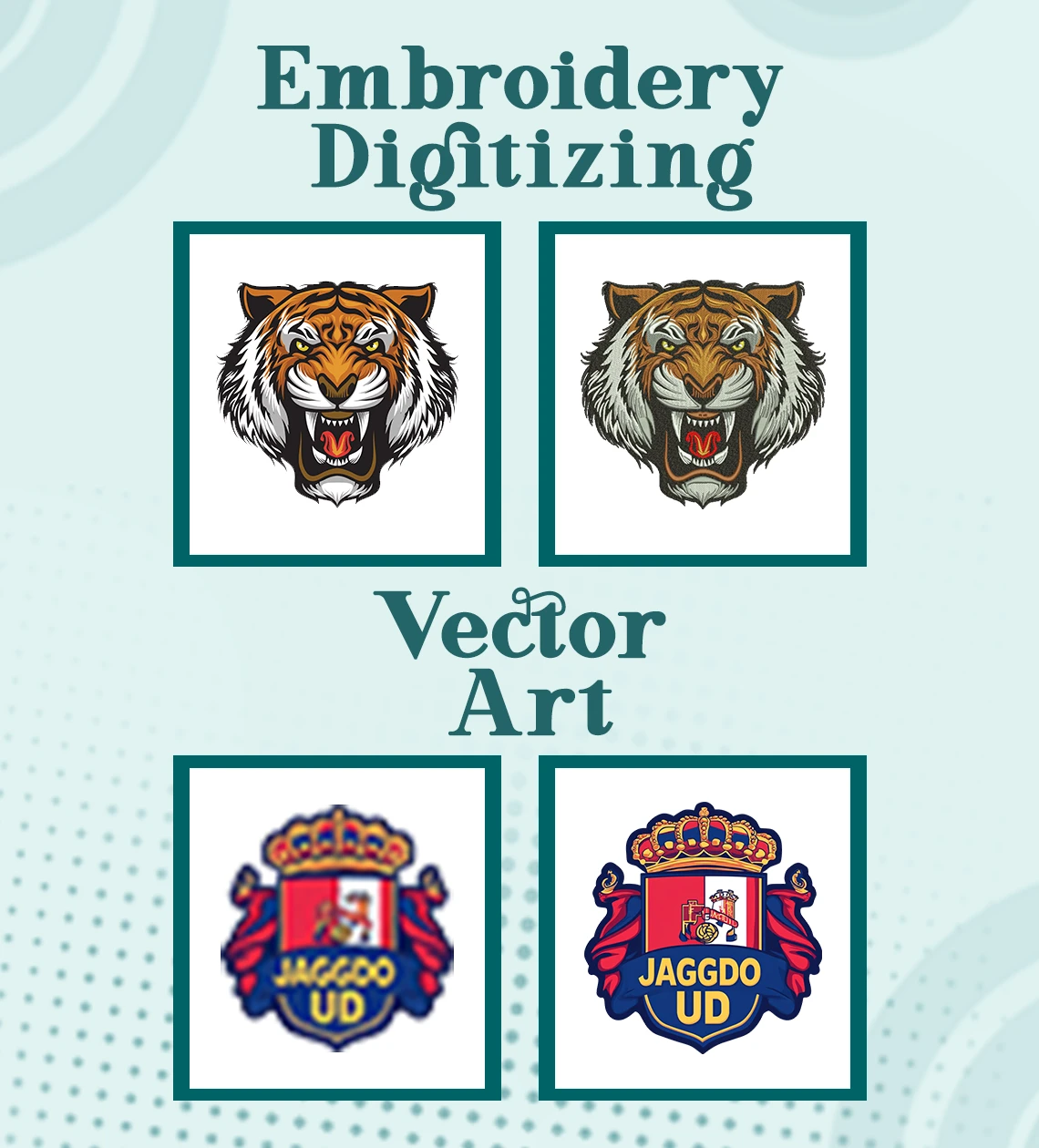
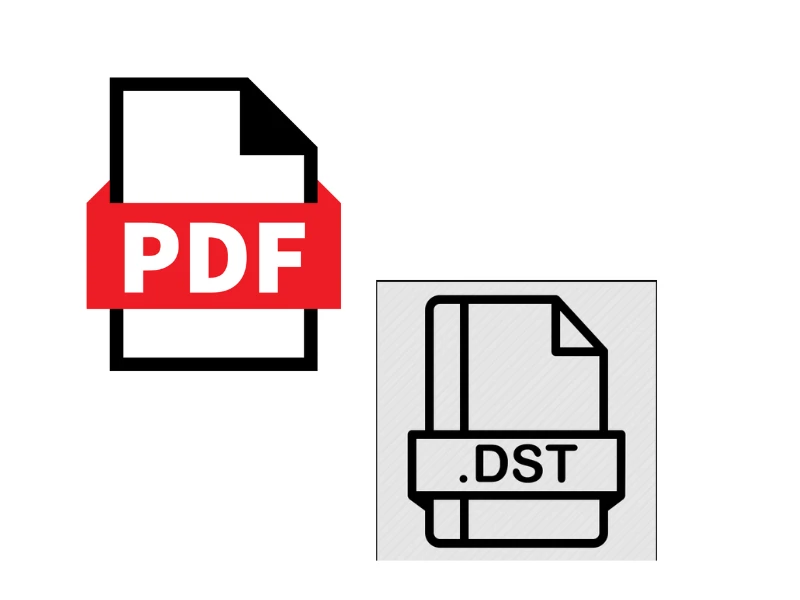
Here’s how you can handle PDF to DST conversions:
Analyze the PDF: Assess the design elements, colors, and complexity.
Digitize the Design: Use advanced software to check the design into stitchable formats.
Export as DST: Save the finalized file as DST, ensuring compatibility with most embroidery machines.
For intricate designs, opting for professional services guarantees high-quality embroidery outcomes.
If you specifically need a PES file for Brother embroidery machines, the following tools are highly effective:
Brother PE-Design Software: A go-to for PES file conversions, offering intuitive controls and accurate output.
Wilcom Workspace: Converts PDF files into PES with precision, maintaining the integrity of the original design.
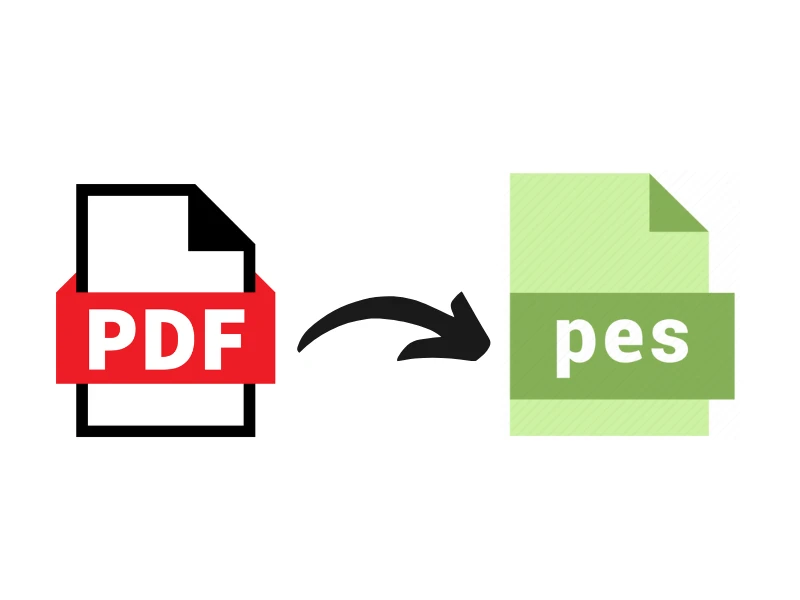
Converting a PDF to PES can be broken down into three simple steps:
Import the PDF: Open the PDF in your preferred embroidery digitizing software, like Wilcom Hatch or Brother PE-Design.
Digitize the Design: Use tools to define stitch paths, assign colors, and optimize the embroidery design.
Export as PES: Save the file in PES format, ready for use with Brother embroidery machines.
Modern embroidery software offers advanced features for converting PDFs to PES, including:
Auto-Digitizing: Automatically convert designs into embroidery-ready formats.
Layer Adjustments: Define stitch sequences for optimal results.
Preview Modes: Visualize the design in 3D to ensure perfection before stitching.
File Compatibility: Export to multiple file formats like DST, PES, and JEF.
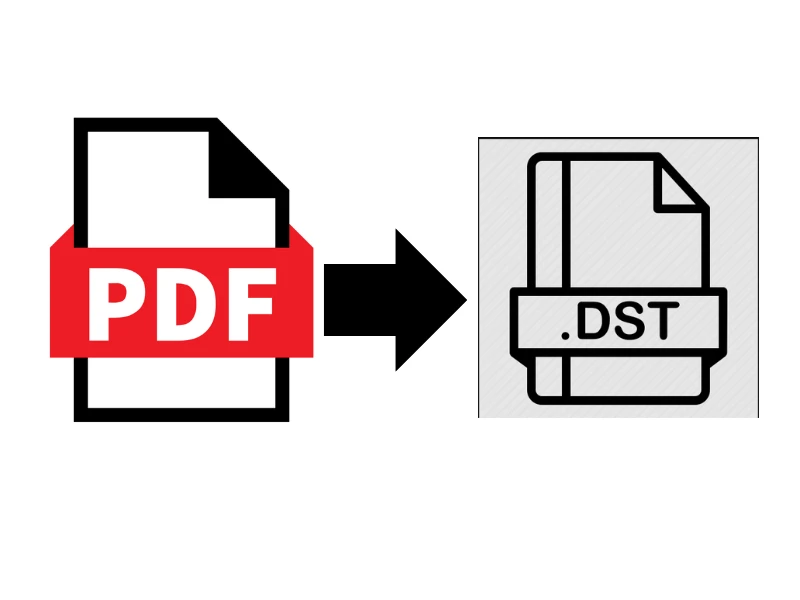
Converting a PDF to DST involves a series of carefully planned steps to ensure the design is embroidery-ready. The process includes:
Import the PDF: Open the PDF file in embroidery software like Wilcom Hatch, which supports DST file conversions.
Analyze the Design: Evaluate the PDF for stitch paths, color separations, and design complexity. Adjust as needed to make it compatible with embroidery requirements.
Digitize the File: Manually or automatically trace the design to convert it into stitchable paths. This step requires precision to ensure the design looks flawless when stitched.
Assign Stitch Types: Assign different stitch types, such as satin, fill, or running stitches, to match the design's details.
Export as DST: Once finalized, export the design as a DST file, ensuring it is compatible with your embroidery machine.
This process ensures that the design retains its integrity and is perfectly suited for high-quality embroidery.
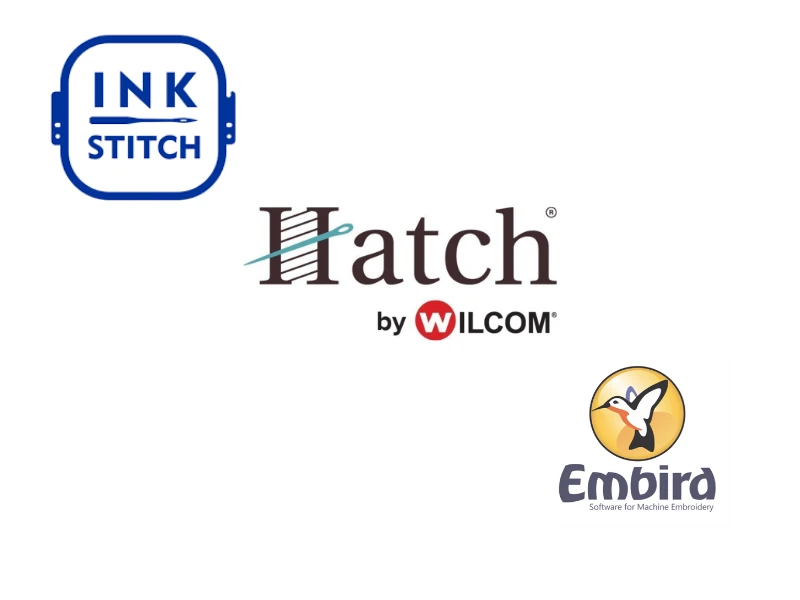
Choosing the right PDF to DST file converter depends on your needs. Here are some of the best tools for the job:
Known for its versatility, this software provides a seamless experience for converting PDFs to DST files. Its advanced tools ensure precision and compatibility.
A popular choice among professionals, Embird Studio allows intricate digitizing and PDF-to-DST conversions with ease.
For those looking for a free option, this open-source tool enables basic PDF to DST conversion, making it suitable for simple designs.
The best converter should have advanced features, ease of use, and high-quality output to suit your embroidery needs.
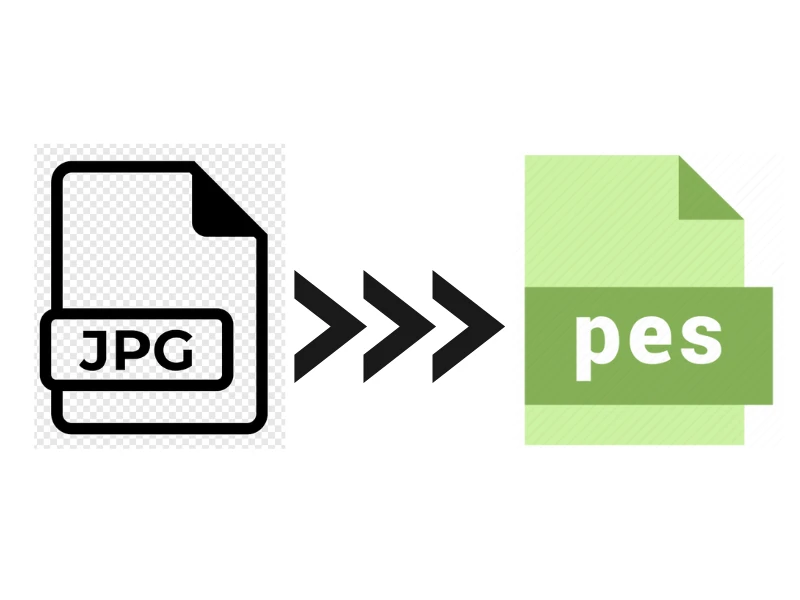
You can convert a JPG to a PES embroidery file, but the process is slightly more intricate than working with vector formats or PDFs. JPG images are raster-based, meaning they are made up of pixels rather than scalable lines, which makes it necessary to manually digitize the image for embroidery. Here's how the process works:
Import the JPG into Digitizing Software: Use embroidery digitizing software like Wilcom Hatch, Brother PE-Design, or Embird Studio. Import the JPG file into the program to begin the conversion.
Trace the Design: Since JPG files lack stitch-ready paths, you need to manually or automatically trace the design. Tools within the software allow you to map out the areas that will be stitched.
Digitize the Design: Assign stitch types (satin, fill, or running stitches) to the traced areas. This step requires careful attention to detail to ensure the final embroidery matches the original image.
Refine and Edit: Adjust stitch density, colors, and sequence to make the design embroidery-ready. JPG images often require extra editing due to pixelation or color blending.
Export as PES: Once the design is finalized, export it as a PES file compatible with Brother embroidery machines.
Loss of Detail: JPG files can lose detail during conversion due to their pixel-based nature.
Manual Effort: Unlike vector files, JPG files usually require manual adjustments for accuracy.
File Quality: Low-resolution JPGs can result in lower-quality embroidery designs, making high-resolution files essential.
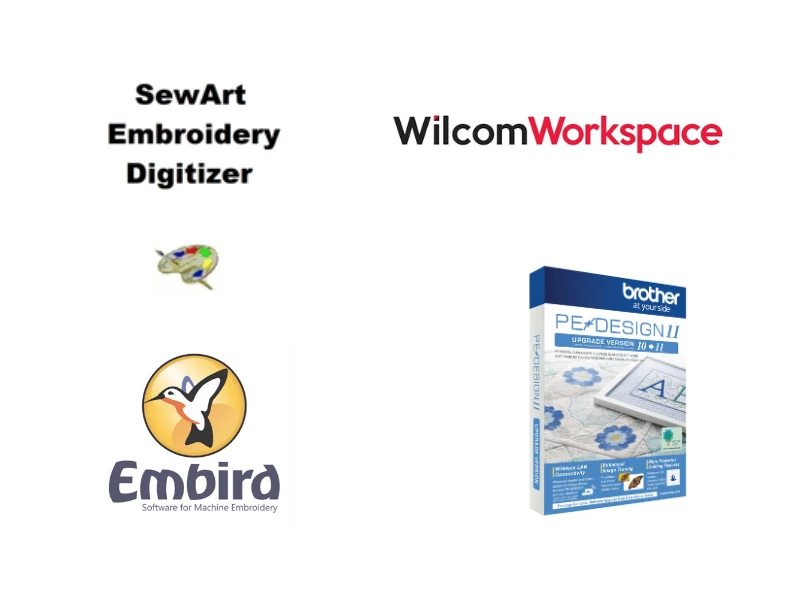
When it comes to converting PDFs to PES files, the following tools stand out:
Brother PE-Design: Specifically designed for PES file creation, this software is a favorite for its compatibility with Brother embroidery machines and its user-friendly interface.
Wilcom Workspace: This software ensures precise PDF to PES conversions with features like stitch optimization and color management.
SewArt: Good for beginners, SewArt provides an easy approach to converting simple PDFs into PES format.
Embird Studio: Known for its detailed editing tools, Embird Studio has advanced options for creating high-quality PES files.
Each of these tools excels in accuracy, ease of use, and functionality, ensuring your PDF designs are perfectly transformed into PES files for embroidery.
To use the "Convert PDF to PES" feature effectively:
Open the PDF: Load your PDF design into the software.
Adjust the Design: Refine details, including size, color, and stitch density.
Export the PES File: Save your design, ensuring it's compatible with your embroidery machine.
Pro tip: Always test the file on a sample fabric before finalizing production.
Vector files, such as AI, SVG, or high-quality PDFs, are good for converting to embroidery files because they maintain quality even when resized. Resulting in accurate and smooth shapes.
This makes them perfect for embroidery digitizing, as the software can simply understand the lines and curves and create stitch paths.
Furthermore, vector files enable easy editing, such as changing colors or providing design elements, without losing clarity. Their scalability and accuracy ensure that the final embroidered pattern is clear and professional.
Converting a PDF to an embroidery file might seem complex, but it becomes a seamless process with the right tools and techniques. From software like Wilcom Hatch and Brother PE-Design, there are a lot of solutions to meet your needs. By transforming your designs into formats like DST and PES, you ensure that your embroidery projects convert out flawless every time.
True Digitizing takes pride in offering top-notch embroidery digitizing services, ensuring your designs are converted with precision and care. For reliable PDF to embroidery file conversion, trust True Digitizing to deliver exceptional results every time.
Nick William has been immersed in the world of embroidery digitizing for over 20 years, earning 25 industry awards throughout his career. As a 3rd generation embroidery expert, Nick’s journey started in his family’s workshop, where he learned the art of digitizing before the rise of modern software. He has worked with leading commercial embroidery businesses and has shared his expertise with over 75,000 home and professional embroiderers. As an author at True Digitizing, Nick is passionate about teaching others how to create beautiful, precise designs through easy-to-follow tutorials and expert advice.
Categories

3D Puff on Hats: How to Achieve the Perfect Raised Look
02-12-2025
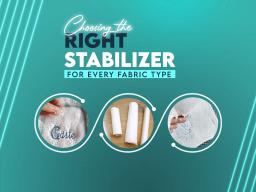
Choosing the Right Stabilizer for Every Fabric Type: Complete Guide
01-12-2025
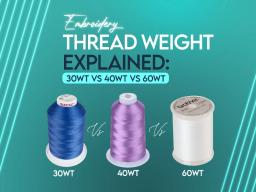
Embroidery Thread Weight Explained: 30wt vs 40wt vs 60wt
01-12-2025

Holiday Embroidery Trends | Top Designs for Thanksgiving through Christmas
27-11-2025
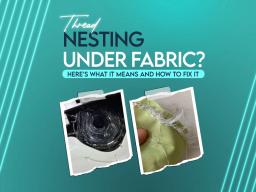
Thread Nesting Under Fabric? Here’s What it Means and How to Fix it
25-11-2025
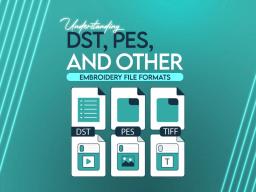
Understanding DST, PES, and Other Embroidery File Formats | A Complete Guide
20-11-2025
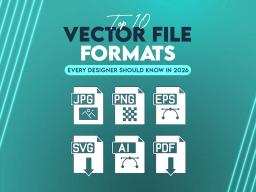
Top 10 Vector File Formats Every Designer Should Know in 2026
14-11-2025
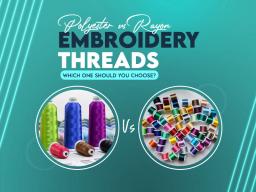
Polyester vs Rayon Embroidery Threads | Which One Should You Choose?
14-11-2025
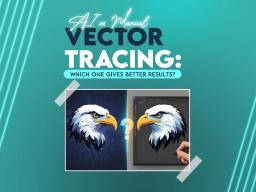
AI vs Manual Vector Tracing: Which One Gives Better Results?
06-11-2025
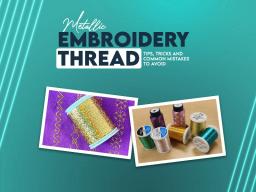
Metallic Embroidery Thread | Tips, Tricks and Common Mistakes to Avoid
04-11-2025